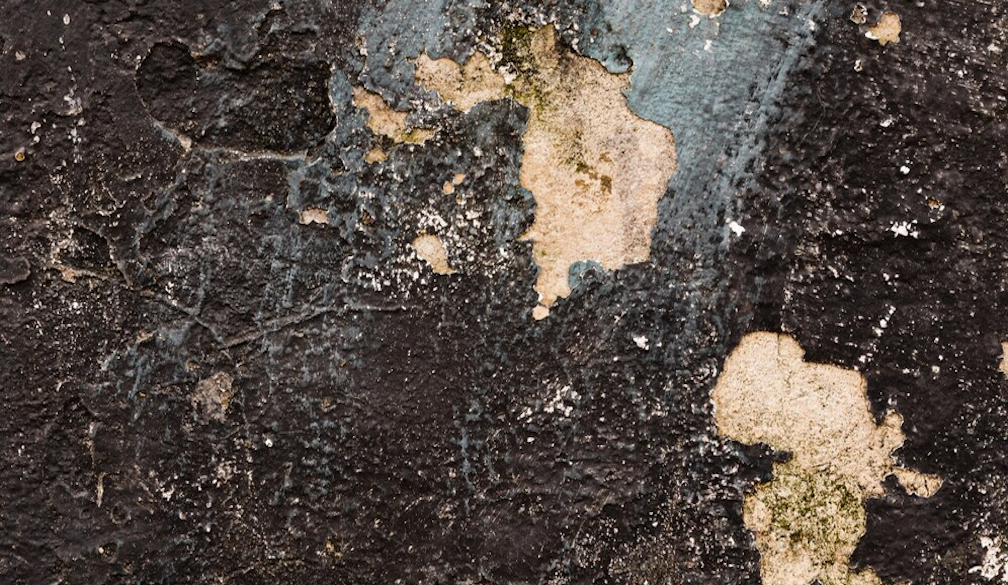Understanding Rising Damp: Causes, Effects, and Solutions

Rising damp is a persistent and often misunderstood issue that affects many buildings, particularly older ones. It occurs when moisture from the ground travels upward through the porous materials of a structure, such as brick, stone, or mortar. This phenomenon can lead to a range of problems, from structural damage to health concerns. Understanding its causes, identifying its symptoms, and implementing effective solutions are crucial for property owners and managers.
Causes of Rising Damp
Rising damp is primarily caused by the capillary action of water. In simpler terms, this is the process where water rises through tiny pores in a material, defying gravity. Several factors contribute to this issue:
Inadequate Damp-Proofing
One of the most common causes is the absence or failure of a damp-proof course (DPC), a horizontal barrier designed to prevent moisture from rising through the walls. Older buildings often lack a proper DPC, and in some cases, the existing DPC may become damaged or deteriorated over time.
Groundwater and Soil Conditions
The presence of high groundwater levels or waterlogged soil around a building can exacerbate rising damp. Properties in areas with poor drainage or high rainfall are particularly susceptible, as the constant presence of moisture increases the likelihood of water being drawn into the structure.
Building Materials
Certain building materials, such as bricks and mortar with high porosity, are more prone to absorbing and transmitting moisture. The quality and condition of these materials play a significant role in the extent of rising damp.
Identifying Symptoms
Recognising the signs of rising damp is essential for timely intervention. Common symptoms include:
Damp Patches and Staining
Damp patches on walls, often starting at the base and gradually rising, are a clear indicator. These patches can be accompanied by discoloration and staining, usually a result of mineral salts drawn up from the ground.
Peeling Paint and Wallpaper
Moisture can cause paint and wallpaper to peel or blister. This damage typically occurs in the lower sections of walls and is often one of the first visual signs of rising damp.
Musty Odor and Mold Growth
A persistent musty smell and the appearance of mold or mildew are also common symptoms. These conditions can create an unhealthy indoor environment, leading to respiratory issues and other health problems for occupants.
Crumbling Plaster and Salt Deposits
As moisture continues to rise, it can cause plaster to deteriorate, leading to crumbling or powdery surfaces. Additionally, white, powdery salt deposits, known as efflorescence, may appear on walls.
Effective Solutions
Addressing rising damp requires a combination of remedial measures and preventive strategies. Here are some effective solutions:
Installing a New Damp-Proof Course
If a building lacks an effective DPC, installing a new one is a primary solution. Modern DPCs can be inserted into walls through various methods, including chemical injections, physical barriers, or electro-osmotic systems. Each method has its own advantages and is chosen based on the specific conditions of the building.
Improving Drainage and Ventilation
Enhancing the drainage around a building can significantly reduce the risk of rising damp. This may involve installing French drains, improving guttering and downspouts, and ensuring that the ground slopes away from the structure. Additionally, increasing ventilation in affected areas can help to disperse moisture and reduce dampness.
Using Waterproofing Treatments
Applying waterproofing treatments to walls, both internally and externally, can create an additional barrier against moisture. These treatments can be particularly effective when combined with other remedial measures.
Repairing and Maintaining Building Materials
Regular maintenance and repair of building materials can prevent rising damp from worsening. This includes repointing brickwork, repairing cracks, and replacing damaged plaster or render.
Conclusion
Rising damp is a serious issue that requires prompt attention to prevent long-term damage to buildings and health problems for occupants. By understanding its causes, identifying its symptoms, and implementing effective solutions, property owners can protect their investments and ensure a safe and healthy living environment. Regular inspections and maintenance are key to mitigating the effects of rising damp and preserving the structural integrity of buildings.

